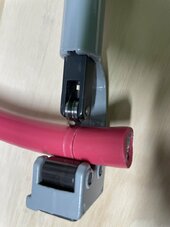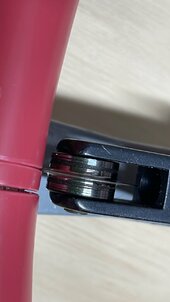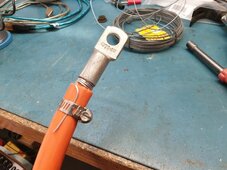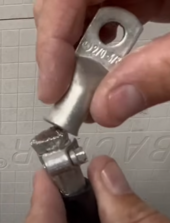crossy
Solar Addict
My "fairly fat" cable of choice is 35mm2 made up of 490 x 0.3mm diameter strands, this makes it a bit flexible.
I've got some silicone insulated 50mm2 with a massive 10,000 strands (not really sure I believe that, but I'm not counting them) for a new job that's a bit tight on space, it's wonderfully bendy.
OK, so how do you experienced crimpers manage to get all those fine strands into the crimps and how many "strays" are you willing to admit to just thinking "sod-it" and snipping off and hiding the crime under the heat shrink?
I've got some silicone insulated 50mm2 with a massive 10,000 strands (not really sure I believe that, but I'm not counting them) for a new job that's a bit tight on space, it's wonderfully bendy.
OK, so how do you experienced crimpers manage to get all those fine strands into the crimps and how many "strays" are you willing to admit to just thinking "sod-it" and snipping off and hiding the crime under the heat shrink?






